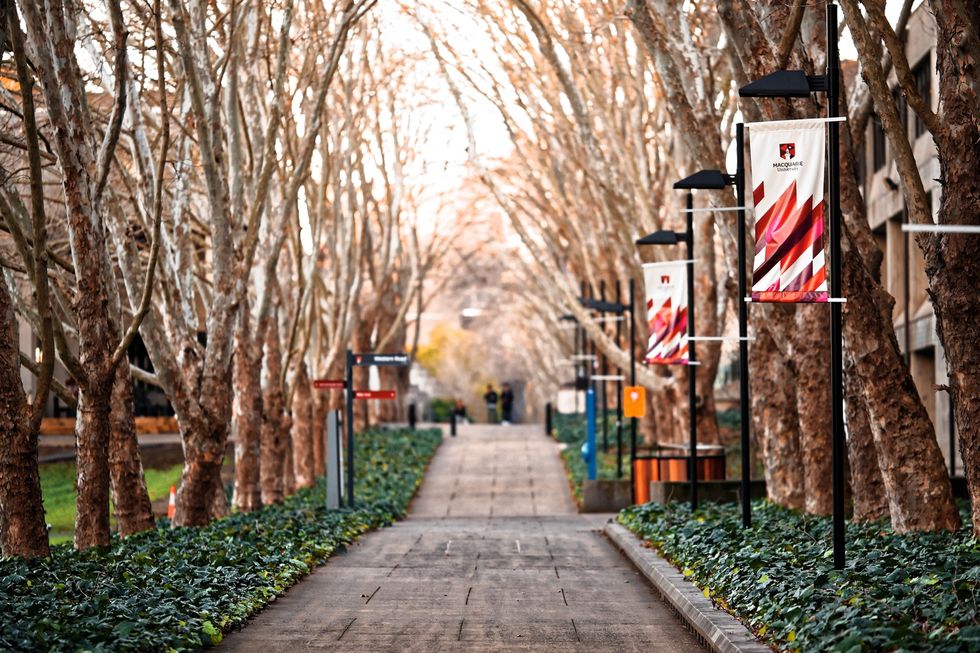Across Riverside Drive at Augsburg University, around 100 students live together in recovery dorm housing as part of a recovery program from substance use called Step-up.
“We've all had troubled pasts through struggling with addiction, and there is a sense of calm throughout the building,” Augsburg student Sam Gunnarson said.
There are three floors of students who are sober, or should be, and you never know who you might run into on the way to class. There is a sense of camaraderie within the community, an unspoken understanding of each other that’s easy to feel if you are a part of it.
Each week students are required to meet with a counselor for about a half hour to discuss their progress in the program, active steps they are taking to treat their addiction, and life in general. There’s a drug test once a semester and weekly group meetings to plan community service activities.
With all the resources available to Augsburg students, Gunnarson said the best resource to him is faculty support and understanding of addiction and mental health.
“They are aware that anxiety plagues a lot of kids, “Gunnarson said. “Because of this, they are willing to chat with counselors and StepUP students and accommodate to fit the best possible solution to a student's troubles on campus.”
At the University of Minnesota, with over 30 Living Learning Communities, designated parts of a residence hall based around a special interest where students live together, none exist that can accommodate those who want a recovery community.
It’s not for total lack of trying on the part of the university.
In the spring of 2014, staff from Boynton and students from the Sober, Students Off Booze Enjoying Recovery Club approached housing about creating a Living and Learning Community within a residence hall.
“We thought this was a good idea and would help and be good for the students,” David Golden, Director of Public Health and Communications at Boynton, said.
Later that fall, a recovery dorm housing option was offered to students, but not a single person registered for it.
“Unfortunately, we just did not have students apply for the house,” Kristie Feist, Assistant Director of Housing and Residential Life, said.
Currently, recovery dorms at colleges and universities are not the norm. The only college in Minnesota offering housing exclusively for students in recovery is a small apartment building at St. Cloud State University.
“Most don’t have residency,” Patrice Salmeri, former president of the Association of Recovery in Higher Education, said.
Being able to come home to a safe space and living with others who are like minded are just a few of the reasons it’s important for colleges and universities to offer recovery housing.
Salmeri says the life long bonds students form with each other can give them the leg up in battling their addiction.
“I think having a residence hall for these students really enhances the program,” Salmeri said. “It makes for a lot easier recovery, I think, when you’re around people in a similar spot as you are.”
University of Minnesota students agree.


















